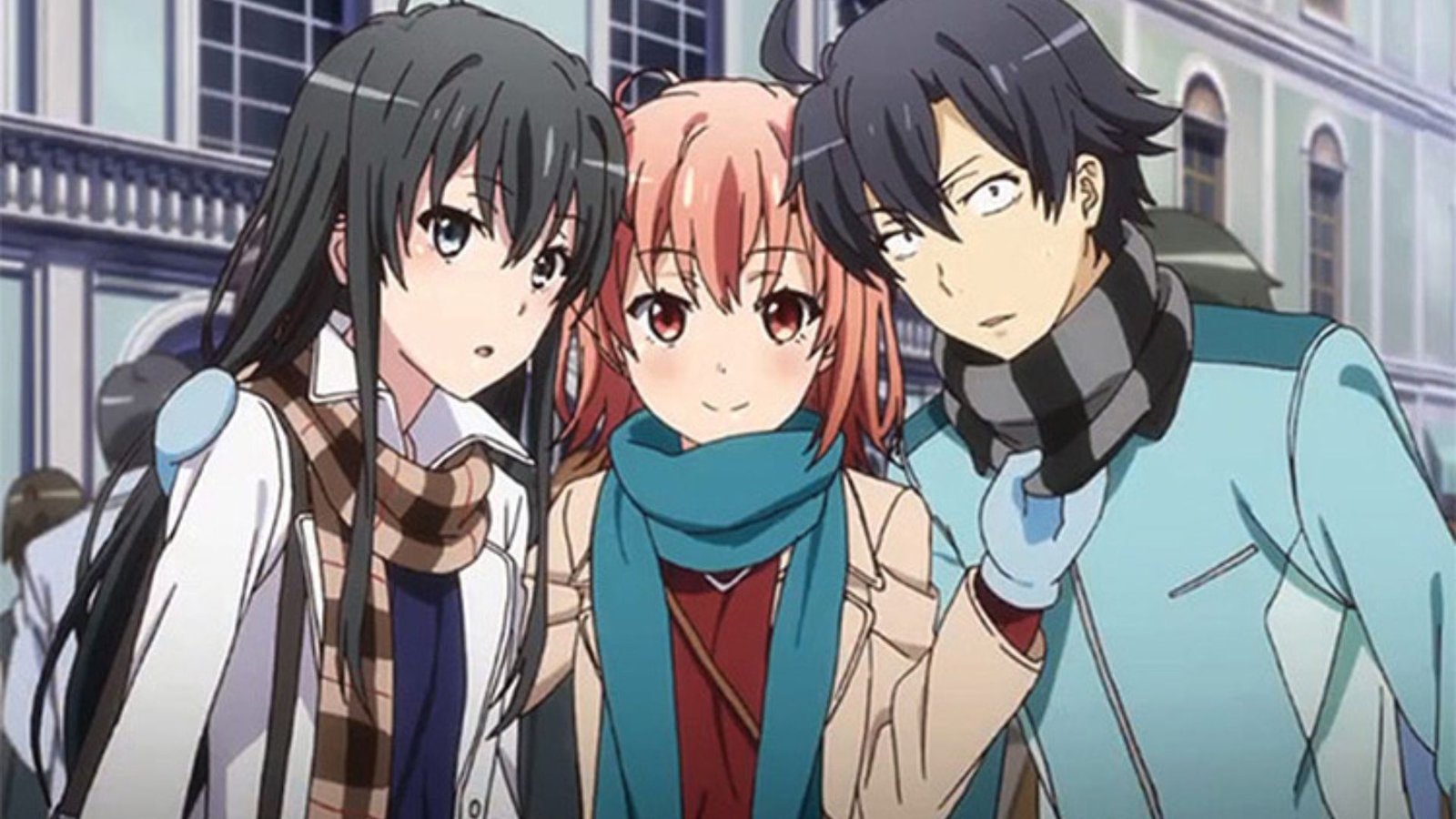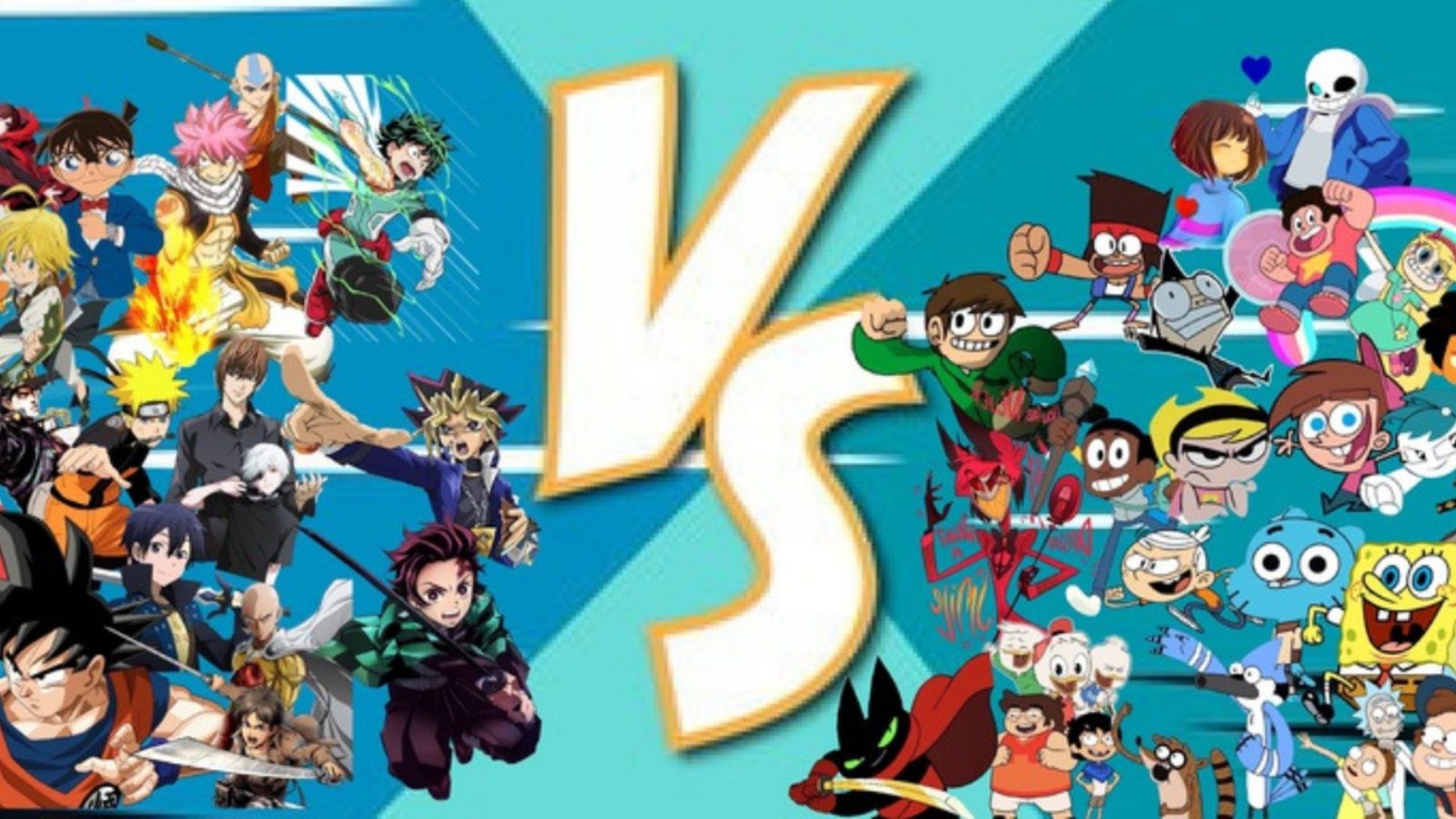Anime is known for its vast range of genres, but historical anime holds a special place in the hearts of fans worldwide. Many of these series are inspired by Japanese historical novels that depict real events, famous figures, and iconic periods in Japan’s rich and complex history. These anime adaptations bring Japan’s past to life through stunning animation and powerful storytelling, offering both entertainment and a glimpse into the nation’s cultural heritage.
In this post, we’ll explore several famous anime inspired by Japanese historical novels and delve into how they reflect the country’s history and traditions.
1. Rurouni Kenshin (1996)
Based on: Rurouni Kenshin by Nobuhiro Watsuki
While Rurouni Kenshin is primarily a manga, it draws heavily from historical events and figures in Meiji-era Japan. The story follows Kenshin Himura, a wandering swordsman with a dark past, as he seeks redemption while navigating the political upheaval of the early Meiji period.
Anime Adaptation Elements:
- Rurouni Kenshin features real historical events such as the Meiji Restoration, which ended centuries of feudal rule in Japan. Characters like the Shinsengumi are depicted, adding historical depth to the plot.
- The anime explores themes of honor, justice, and the transition from old to new Japan, using fictional characters to weave in real historical conflicts and tensions.
2. The Tale of the Heike (2012)
Based on: The Tale of the Heike (Heike Monogatari), an epic historical novel
One of Japan’s most famous literary works, The Tale of the Heike, is a 12th-century epic chronicling the rise and fall of the Taira clan during the Genpei War, a civil conflict between the Taira and Minamoto clans. The novel is a historical masterpiece that blends fiction with real events, and it has inspired multiple adaptations, including the anime series The Tale of the Heike (2021).
Anime Adaptation Elements:
- The 2021 anime adaptation brings the epic story to life, following key historical events and characters. The story focuses on the tragic fall of the Taira clan, highlighting themes of power, betrayal, and the impermanence of life.
- The animation emphasizes the emotional and political weight of the historical events, allowing the viewer to experience the chaos and personal struggles of the Heike clan’s downfall.

3. Saraiya Goyou (House of Five Leaves) (2010)
Based on: Saraiya Goyou by Natsume Ono
Set in the Edo period, Saraiya Goyou follows a wandering samurai named Masanosuke Akitsu, who is recruited by a group of criminals known as the Five Leaves. Unlike typical samurai stories filled with action, this series focuses on the complex lives of ordinary people living in the shadow of the samurai class.
Anime Adaptation Elements:
- The anime is deeply rooted in the atmosphere of the Edo period, highlighting the cultural norms, conflicts, and lifestyle of the time. It provides a unique, character-driven perspective on the world of samurai and the underworld of Edo-era Japan.
- While not based on a single historical event or figure, the show evokes the spirit of the time, with its portrayal of samurai honor, secrecy, and social stratification.
4. Hyouge Mono (2011)
Based on: Hyouge Mono by Yoshihiro Yamada
This anime takes place during the Sengoku period, a time of great upheaval in Japan, marked by constant warfare and political intrigue. Hyouge Mono follows the life of Furuta Sasuke, a historical figure who served as a retainer to the warlord Oda Nobunaga. The series explores the world of tea ceremonies, a cultural practice closely associated with samurai and political leaders of the era.
Anime Adaptation Elements:
- Hyouge Mono is a unique anime that blends historical events with cultural aspects like the tea ceremony, a symbol of refinement and strategy. The story explores how Sasuke navigates the power struggles of the time while indulging in his obsession with tea aesthetics.
- The anime stands out by focusing on the cultural and artistic life of the samurai during a period of warfare, providing insight into the contrasting worldviews of the era.
5. Golden Kamuy (2018)
Based on: Golden Kamuy by Satoru Noda
Set in the early 20th century, Golden Kamuy is inspired by historical events surrounding the Ainu people and the Russo-Japanese War. The story follows Saichi Sugimoto, a soldier from the war, and Asirpa, an Ainu girl, as they search for a hidden treasure while encountering various factions seeking the same fortune.
Anime Adaptation Elements:
- The anime beautifully incorporates historical events and the Ainu culture, which had been marginalized in Japanese history. Golden Kamuy portrays the complexities of Japanese society during the Meiji period, highlighting historical tensions and the cultural richness of the Ainu people.
- The series also touches on themes of survival, loyalty, and the harsh realities of early 20th-century Japan, with a strong focus on historical accuracy in depicting the cultural practices and societal conditions of the time.
6. Onihei (2017)
Based on: Onihei Hankachō by Shōtarō Ikenami
Set during the Edo period, Onihei follows Heizo Hasegawa, a samurai who leads a special police force that combats crime in Edo. Heizo, known for his strict sense of justice, tackles the criminal underworld of the city while maintaining his own moral code. The series is inspired by a popular historical fiction novel about the legendary figure of Heizo.
Anime Adaptation Elements:
- Onihei provides a gritty, realistic portrayal of the Edo period’s criminal justice system, with a focus on samurai and their role in law enforcement. It highlights the social divisions of the time and the complexities of justice, honor, and morality.
- The anime adaptation remains faithful to the spirit of the novel, with a dark and atmospheric portrayal of life in Edo-era Japan.
Conclusion
Japanese historical novels have provided a rich source of material for anime adaptations, with each series offering a unique look at Japan’s diverse and fascinating past. From the rise and fall of clans to the intricacies of samurai life, these anime bring historical events to life while adding a layer of emotional and cultural depth. For anyone interested in history and anime, these adaptations provide a captivating glimpse into Japan’s past through the lens of stunning animation.











